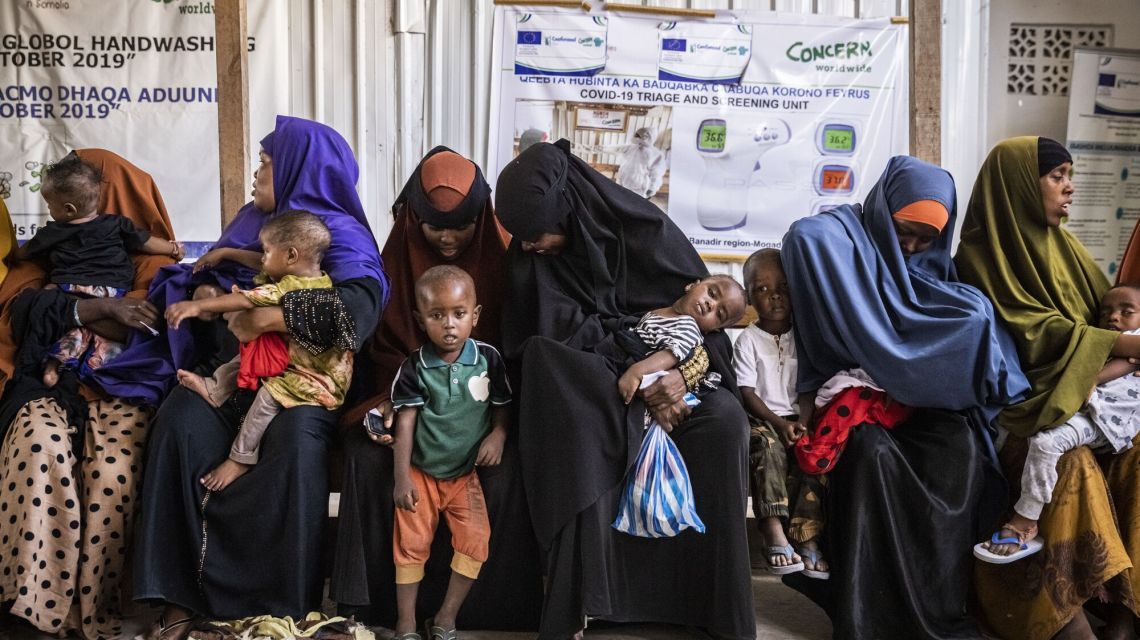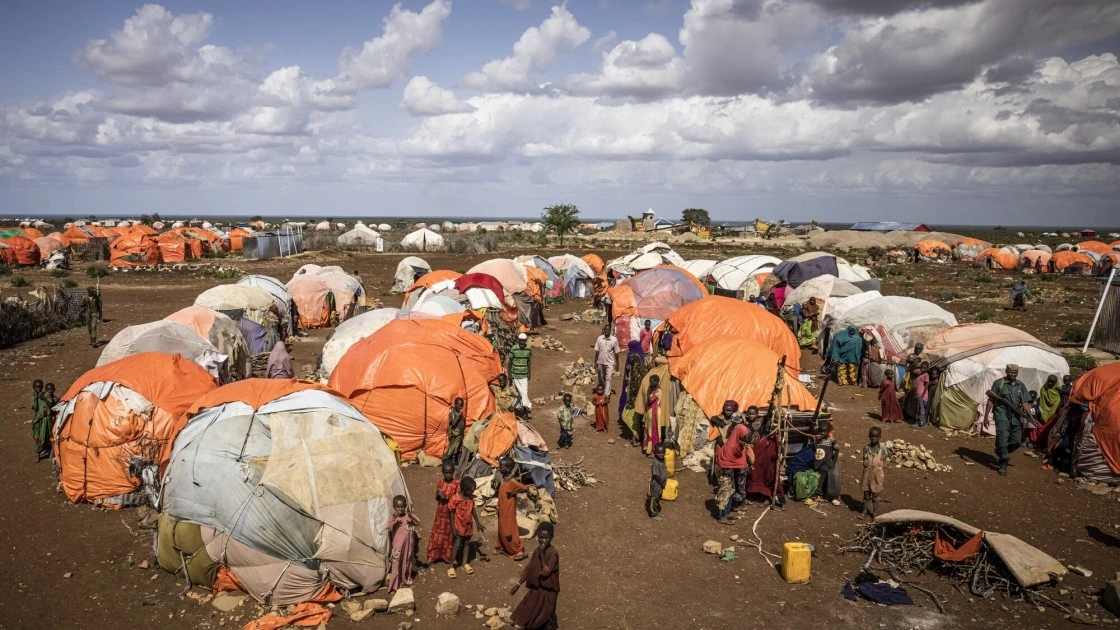News
The Ukraine food crisis, explained: How a conflict in eastern Europe is affecting the world
How a conflict in eastern Europe is affecting hunger around the world.
Read MoreSomalia has been locked in a cycle of conflict and hunger for decades. Learn more about what's driving one of the world's largest food crises.
In Somalia, more than four decades of conflict have had a devastating impact on civilians. The east African country continues to be one of the world’s largest refugee crises, and—even without full available data—is considered one of the hungriest countries in the world.
While Somalia has faced a cycle of crisis over the years, the one overarching crisis that helps to fuel all of the others is conflict. Indeed, it has weakened the state to such an extent that huge portions of the country are not under government control. One of the most devastating knock-on effects of so many years of violence and weakened infrastructure is hunger. Here’s what you need to know about conflict and hunger in Somalia in 2023.
While sources debate the official start of the current conflict in Somalia, the country’s central government collapsed in 1991, leading to two key factors that have contributed to its hunger crisis: a lack of infrastructure and a rise in displacement.
The same year that the government collapsed, a drought took hold in the Horn of Africa. Without government oversight to aid families affected by the drought, hunger quickly became a weapon of war between factions. Some groups even burned crops in the agricultural regions of the country. Displacement also became an issue, with many Somalis fleeing to safe areas, often arriving at internal displacement camps that didn’t have sufficient provisions to meet the new, increased demand.

The collapse of the Somali government in 1991 coincided with a point in time when the effects of climate change got increasingly worse for the country. In fact, in 2021 the University of Notre Dame ranked the country as the most vulnerable to the climate crisis. Droughts have grown in terms of frequency and severity. Before 1999, droughts happened roughly every five years. Their rate has more than doubled since then, which scientists have linked to the climate crisis.
Since 2010, Somalia has seen three “worst droughts in decades,” with a succession of failed rainy seasons leading to extreme levels of hunger. During this first “worst drought,” the country declared a famine, which claimed the lives of approximately 260,000 people. Over half of these fatalities were children under the age of five.
As of this writing in the summer of 2023, the country is still facing high levels of food insecurity following the latest Horn of Africa drought, which broke with a successful rainy season this spring but is far from over. Many crops were destroyed by excessive rains and flooding, and many families are still living in displacement as climate refugees.
The conflict in Ukraine poses a direct threat to food security in Somalia, both in terms of rising inflation costs and actual availability of food. Before 2022, Somalia typically sourced between 90 and 95% of its grain from Ukraine and Russia. Imports from both of those countries were halted due to the conflict.
This caused an increased demand for the grain and other food imports that were available in Somalia. At the end of 2021, a 50kg bag of sorghum cost the equivalent of $8. One year later, it cost $50. “Although you have food in the market, the ability of people in those areas to buy or get access to that food is very limited,” says Concern Somalia Country Director Abdi Rashid Haji-Nur.
With demand far outnumbering supply, the climate crisis—along with other recent emergencies like the 2020 locust infestation and the all serve to increase conflict. As Haji-Nur explains: “One after the other, they’re all enough to intensify conflicts over resources and power within the country.”
It’s a vicious cycle: As we’ll see below, conflict also complicates efforts to adequately respond to COVID-19, swarms of locusts, or climate crises, and in turn, each of those crises can exacerbate conflict.

One of the worst parts of this cycle of conflict and hunger is that the people with the highest levels of need are usually those who are hardest to reach. “Operationally, it is difficult for national and international humanitarian agencies to deliver services to people in the different parts of the country,” says Haji-Nur. “As long as there is absence of efforts to contain and to deescalate those tensions and conflicts, we will be having challenges in terms of having access.”
Concern has been in Somalia since 1986. Addressing the causes of hunger in the country continues to be central to our work in the country, with both emergency interventions and longer-term projects designed to build the resilience of affected communities (especially those who are in protracted displacement). We are proud to be UNICEF’s main nutrition partner in the Wadajir district.
A key pillar of our response is unconditional cash transfers (delivered electronically via mobile phones). These enable families to quickly receive money to buy what they most need from local markets, including food and other essentials. Between January 2022 and the end of March 2024, Concern Worldwide distributed approximately $25 million (provided by the European Union) to families, which in turn saved the lives of over 617,000 people.
Our resilience work has also helped many of Somalia’s farmers and pastoralists to respond to the challenges of climate change. Our Building Resilient Communities in Somalia (BRCiS) program is currently working to reach 60,000 people with an ECHO-funded restoration project designed to improve harvest yield and quality.